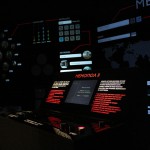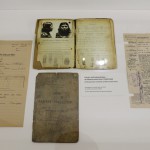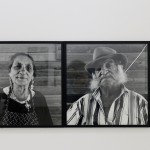06.04.-04.07.2014 – Kulturkirche St. Stephani – Stephanikirchhof, 28195 Bremen
AUFBRUCH IN DIE UTOPIE dokumentiert den Aufbau einer demokratischen „Teutschen Musterrepublik“ in Amerika in 19. Jahrhundert. Sie Ausstellung handelt vom Unterwegssein und reist selbst – in vielen Kisten in einem Container. Die Reisende Sommer-Republik verwandelt die Suchbewegungen der Auswanderer in konkrete Erlebnisse. In jeder Stadt gestaltet das Team Ankunft und Abschied als öffentliche Aktionen. Die Exponate werden ausgepackt, die Reisekisten zur Ausstellungsarchitektur, die Türen zur Spurenlese geöffnet…
Als Teil der Ausstellung und im „Utopia-Container“ sind Arbeiten des von Raul Gschrey kuratierten „grenzlinien“ Projekts von u.a. Heiko Schäfer, Katrin Ströbel und Michael Wagener zu sehen.
Dienstag – Sonntag, 11.00 bis 18.00 Uhr & umfangreiches Rahmenprogramm
Das ANKUNFT-IN-BREMEN-WOCHENENDE
Sonnabend, 05.04.2014
19.00 Uhr Ausstellungs-Vernissage
Sonntag, 06.04.2014
11.00 – 16.00 Uhr Reisebüro „Muss i denn Tours & Cargo Trips“
Buchen Sie das Probeauswanderungspaket! Schicken Sie Objekte aller Art als persönliche Satelliten in die Welt!
12.00 Uhr Gespräch. „Spurensuche. Arbeit an der Geschichte“
GedankenBilder im Medium Video als Anstiftung zum Dialog zischen Geschichte und Gegenwart.
14.00 Uhr Führung „Und wer hat‘s erfunden?“
Führungen der Ausstellungsmacherinnen und -macher.

































